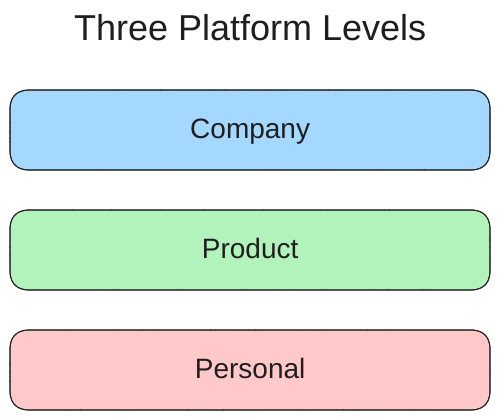For the last two days, we have been discussing aspects of several high-quality Yocto BSPs.
Another characteristic of these three BSPs is that they are all hosted on Github.
Yes, there are many other platforms you can host Git repositories on.
You can easily do your own Git hosting (I personally use Gitea for private Git repos).
But, for better or worse, if you want to engage with a world-wide community around a software project, Github is the easiest, lowest friction place to do that.
Most developers have a Github account, and this means they can easily create issue tickets, submit pull requests etc.
Some projects, like the Linux kernel, are so popular and well-established it does not really matter how they interact with the community. They can be rude, use older methods of handling changes like patches on a mail-list, etc. and it does not matter. It might even be argued that these “barriers to entry” are helpful in weeding out the noise in a very large project. Perhaps this is true.
But for most of us, we are not at that scale. We don’t have that luxury. Even most downstream Linux trees are hosted on Github these days.
If users find it difficult to engage and interact with us, they won’t bother, especially the younger generation of developers.
Most developers are (rightly) focused on their projects – their work, not yours. Thus, it is an act of generosity if they take the time to interact with or contribute to a supplier’s project. They are doing it because they want to – not because they have to.
And if users can’t easily interact with a supplier, does that supplier really understand their concerns?
Github has set a new standard for transparency, tooling, and interaction. It is the lowest friction platform for social coding. And social matters today.
This all has implications for how users/customers interact with YOUR Platform (if public) and how you select technology for YOUR Platform.

